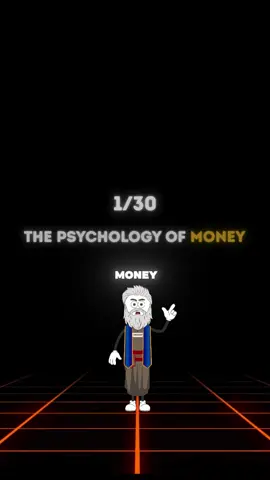hexin12007
Region: PH
Friday 04 August 2023 14:46:50 GMT
310
14
0
0
Music
Download
Comments
There are no more comments for this video.
To see more videos from user @hexin12007, please go to the Tikwm
homepage.





